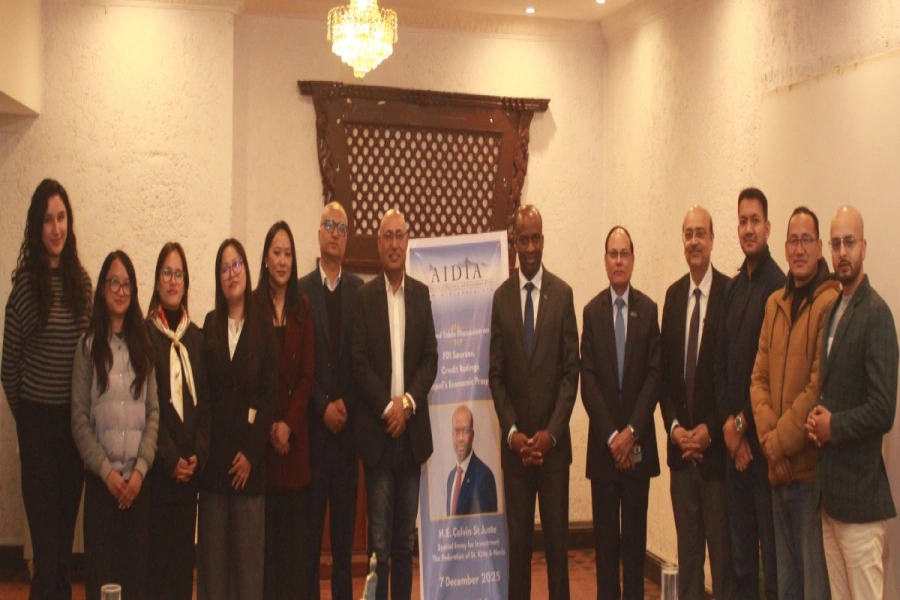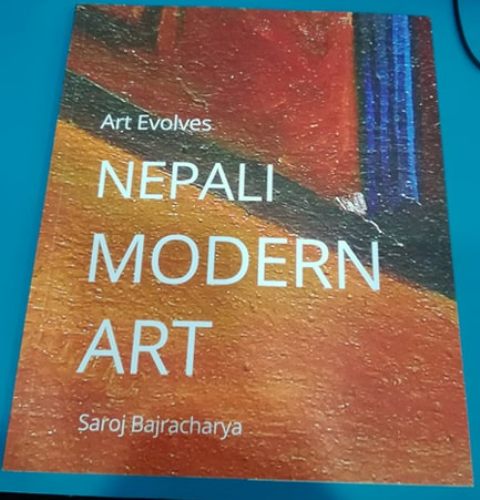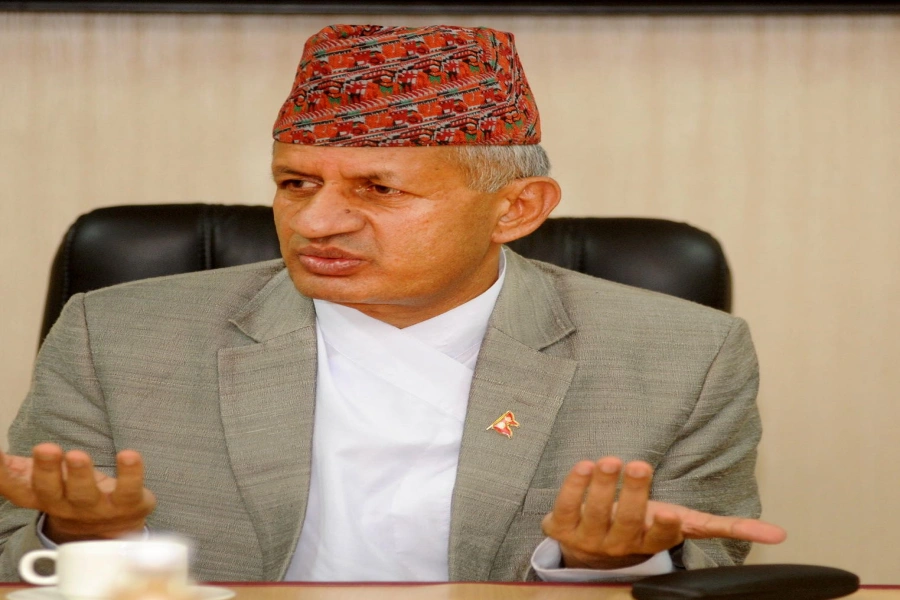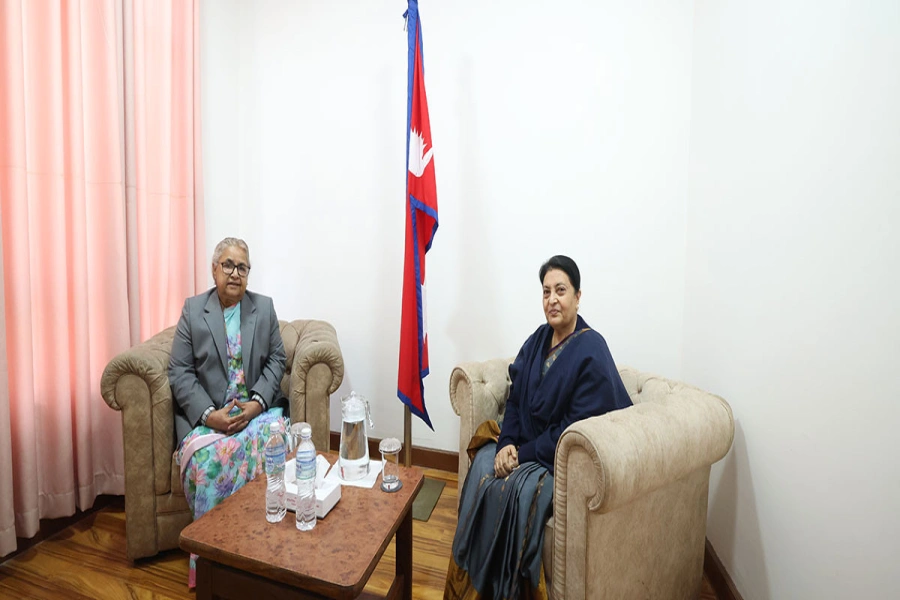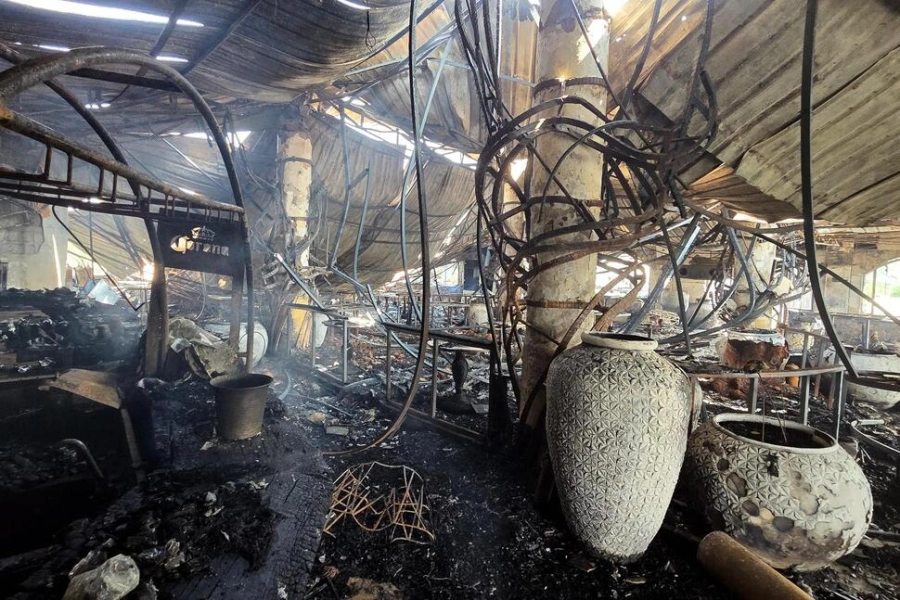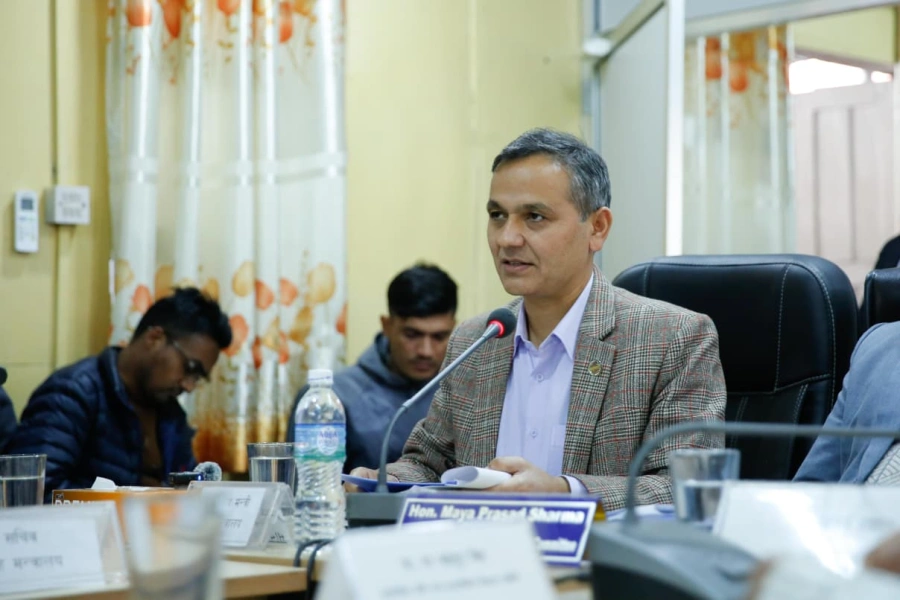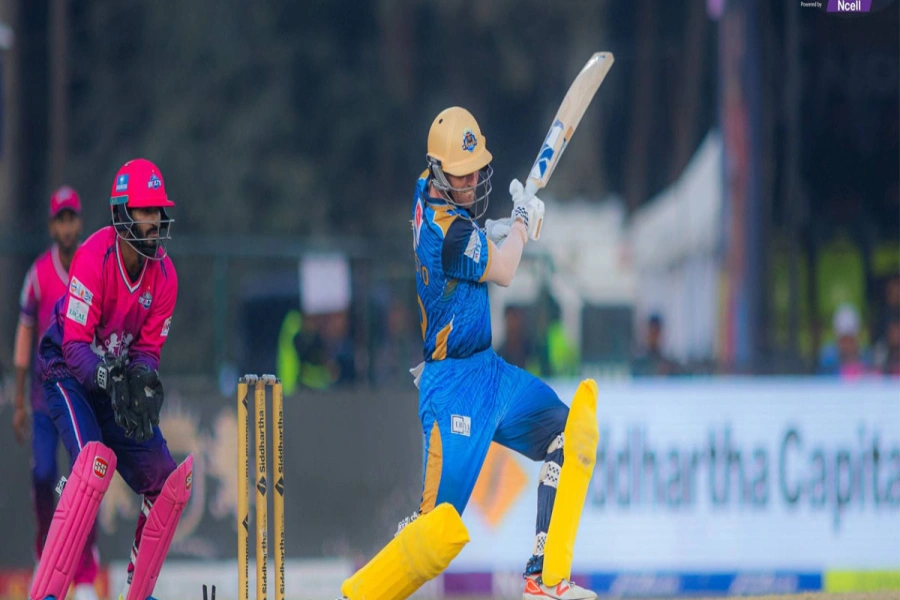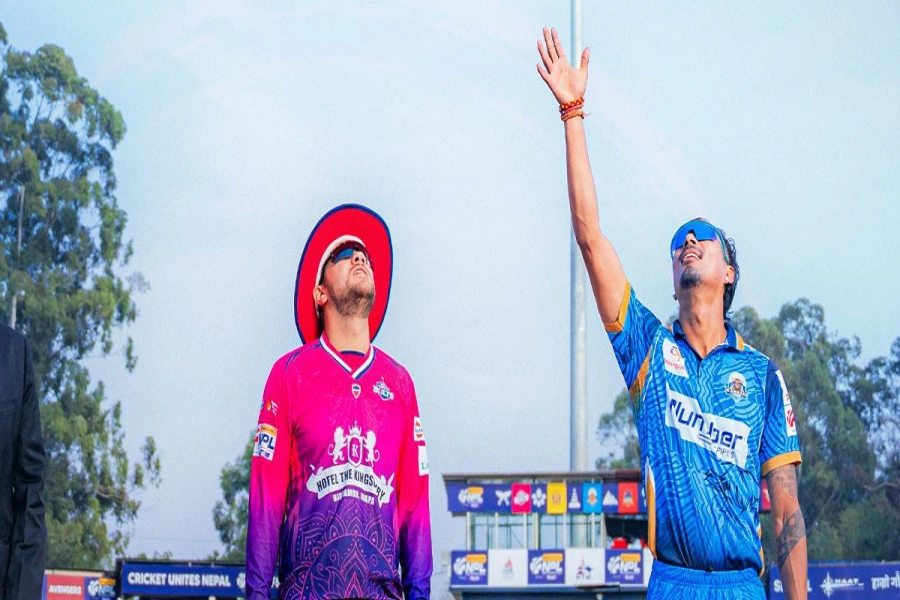But only a few still choose to trim nails her way, and the cult, once a part of the Newar culture, is becoming obsolete with modernity.[break]
Modern society has moved on to western methods of manicures and pedicures, a trend slowly gaining popularity in Kathmandu as well. But before that, and even before nail cutters became a common household tool, people would seek Nanu Maya or others from her community to have their nails cut and filed.
Nanu Maya, 60, belongs to a community of the Newar nation who have been trimming nails and hair for generations. Usually, the male members of the community, traditionally known as “Nau,” cut and shaved hair, the female members, or “Nauni,” filed nails.
During special ceremonies where the Newar culture requires people to be clean from head to toe, she is either invited or people visit her personally to get their nails cut.
Once her client is seated comfortably in front of her, she starts by first dabbing the toenails with water. Setting the sharp flat part of the chhalancha at one upper corner of the nail, she slowly cuts and peels the nail away.
Then with the spade-shaped end, she scrapes the entire nail plate white, also scraping off the dead cells around the cuticle. Then she paints the beautiful red ala around the tip of the toes for girls and just a dab or two for guys.
Traditionally placed in the lower ranks in the caste hierarchy among the Newars, it is believed that the Napit community has been engaged in hair and nail services since the Malla period. However, their clientele consist of very specific groups of families they refer to as “Jayama” or “Jajaman,”
The Hindu society has always been divided into groups and social strata called “varna” or castes based on their occupation.
According to Nepali history, during the reign of Jayasthiti Malla, the Newars who were under the Vaishya varna, was further divided into sub-castes and levels corresponding to the respective occupations they were engaged in, and their social positions were also defined accordingly.
“We don’t cut just anyone’s nails,” says Nanu Maya, as she checks on the paddy grains drying in the sun in her terrace. “We can’t cut nails of people who are placed lower than our caste, and moreover, we only attend to our Jayama family members who have been divided among our clans.”

She explains that like Guruju or Newar family priests who carry out the rituals for their definite Jayama families, Napits too catered only to a certain groups of families from an area or community divided amongst the Napit family clans.
Nanu Maya says her family has approximately 50-60 households as their Jayama in and around Patan.
Previously, almost all of them used to give her family a share of their field harvest annually in return of their services. She says it ranged from five pathis if they were to collect it from their house to a sack of grains if they were to go to the fields. But now, as most people don’t own fields anymore, she says she is mostly paid in cash on the spot for her day’s services.
“It was better for us when we got grains rather than money as we don’t have our own fields,” says Nanu Maya whose family earning still depends on their ancestral occupation, “But it also depends on how often Jayama members require our services now.”
Though most of her Jayama families are from Newar communities, she says she also has been attending to some Brahmin and Chhetri families in and around Imadol and Koteshwor. However, she adds, none of the Napits cut nails of people from other castes placed below Newars in the traditional Nepali caste system.
Nanu Maya, who is the third generation of Naunis from her family, says she started working as one only after her marriage when she was 15. Her husband, Babu Kaji Napit, still keeps a barbershop on the ground floor of their old house in Walkhu.
Here, he caters to mostly elderly men from and around the community who come in for an occasional shave, haircut and head massages.
For nail cuts, however, while people now come to their house, traditionally Nanu Maya would be the one going to the Jayama households during major festivals and ceremonies.
“I used to visit our Jayama households as frequently as once or twice a month for Jatras, feasts or whenever they would need our services. But I don’t anymore, as I’m busy with my grandchildren and people can cut their nails conveniently at their home,” says she.
As for major ceremonies like Bratabandh (initiation or coming of age ritual for boys), Ihi and Barah (initiation or coming of age ritual for girls), marriages and Shraadha (funeral ceremonies), Nanu Maya says the Jayama family members come to invite them and they personally have to go the household for the ritual initiation.
Rajendra Napit, chairperson of the Lalitpur branch of Nepal Napit Samaj, shares that all these ceremonies performed from birth to death in our society are a part of a sacred or religious practice.
Hence, purity or cleansing is deemed of high importance. In Nepali society, cleansing the area for the ritual involves many preparations – from sweeping the floor clean to sprinkling holy waters or sun pani (gold-dipped water) and daubing the floor with cow dung.
The participating person also has to be spotlessly clean, and getting their nails cut and cleaned is also a part of it.
Hence, he says, the nau or nauni starts the preparation of rituals by cutting the nails and shaving (for men). He adds that for some rituals that have to be carried out after certain days of birth, death or coming of age ceremonies, the family nau or nauni will take on the role to show them their reflection in the “Jwola nhyaka” or a special silver mirror.

This symbolizes cleansing of the soul and brings a proper end to such rituals.
Beside hair and nail cutting, many of the Napit families were also sought after for their healing touch.
“People would go to their Nau and Naunis when they sprained their legs or hands. They not only massaged the area but also applied herbal medicines and bandages. Many still do and even people outside our community have started to do so,” Rajendra shares.
Their herbal method of healing sprains and their massage is apparently still very popular with many people. People might not seek them out for nail or hair cuts any more, says Rajendra, but even now, when modern doctors are available, many people go to Napit households for their sprains.
Babu Kaji adds that previously people with abscess or sore wounds with pus formation would also come to him for cure.
He shares it was like a minor surgery back then where he would cut open the wound, drain the abscess and apply herbal medicine and bandage it.
Rajendra and many young Napits of his generation and above have moved on to other occupations for better income, opportunities and also, to certain extent, to break out from the social stigma that once prevailed against their community in term of the caste hierarchy.
However, he says, he still sometimes wonders about the unique ways Napits used to work in.
“You could say many of these hair saloons and pedicure parlors have replaced what people of the Napit community used to do,” says Rajendra. “But the cultural values attached to our ancestral occupation were different from all this.”
It was because of the cultural importance that, though Napits were among the lower ranks in the caste system, they were not placed among the socially “untouchable” groups. Rajendra says that in the olden times, when the caste system was strict, their community did face discrimination but with changing times they don’t anymore.
At least, no one from his family has been discriminated against.
For Nanu Maya, though, it depends on the Jayama families. In some families, she says she can now join in with the members to dine together while with some she still feels awkward to even go into their living rooms.
Over at Machhendranath Bahal in Bungamati, a budding Newari town in the outskirts of Lalitpur, Ram Maya Napit discusses how their generation is the last of Napits working as Nau and Naunis.
Working as a Nauni for the priests of the Lord Machhendranath Temple, her clientele is even more specified and she says she strictly cannot do nails for people outside her Jayama.
As she sits in front of her grocery shop on the ground floor of her house, close to the Machhendranath Temple, her neighbors gather to listen as she is being interviewed for this story.
“The new generation doesn’t want to do this. It’s not even considered a profession anymore,” says Ram Maya, the eldest of her siblings and the only one who has continued to work as a Nauni, “Even my children have chosen different professions.”
“So who will we come for the ceremonies of our children and the coming generations once you guys are gone?” wonders Shantu Tuladhar, one of the neighbors listening to Ram Maya.
“The next generation will learn to make do without us,” Ram Maya says, laughing and adding with a conclusion in her voice, “As for the cultural values attached to us, with the changing times, it’ll not make much sense to the upcoming generations anymore.”
As the conversation moves on to Ram Maya’s old handloom, which was recently dismantled by her son for its wood, one cannot help but wonder what fate has in store for her pouch of almost obsolete ala, brushes and chalancha.
My pedicure session







